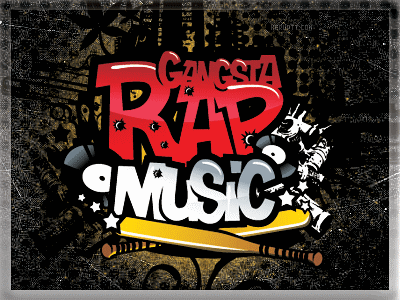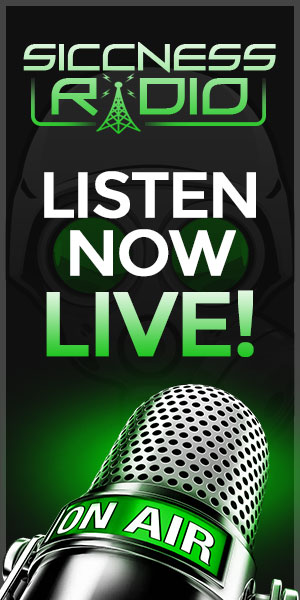It’s 20 years since Eazy-E’s death. Other gangsta rap stars may have distanced themselves from the genre – but that doesn’t mean the gin and juice has run dry
Last week marked the 20th anniversary of Eazy-E’s death. Though the Compton rapper and label impresario’s name doesn’t ring out these days as loudly as, say Biggie’s or Tupac’s (both of whom he directly inspired), his influence does. In fact, despite claims to the contrary, and the fact that Eazy’s one-time arch rival Suge Knight is likely facing a life sentence, gangsta rap remains as popular as ever, in one form or another.
First, some etymological clarification. When I say gangsta rap, I don’t just mean the hip-hop of the east coast/west coast rivalry in the 1990s. (In fact, many of those rappers referred to the genre as “reality rap”.) I’m talking about any hip-hop that’s focused on street bravado, drugs, guns and often gangs. As opposed to styles like the party-flavored, four-elements hip-hip of the 70s and 80s, the golden-era conscious stylings of the late 80s early 90s, and the hipster/backpack/whatever-you-want-to-call-it current wave of emotional rappers, as popularized by Kanye West and Drake.
Yes, hip-hop has many more styles than just these, and yes plenty of artists cross between them, but you know gangsta rap when you hear it: threats against rivals, boasts about dope money and weapons. In this decade and the last, the music has splintered into subgenres such as trap and drill, but though the production styles may differ, the songs tend to draw from the same lyrical milieu. The likes of Bobby Shmurda, Lil Durk, Young Thug, Fetty Wap, and St Louis upstarts 3 Problems, all draw from that same well.
Eazy-E’s Boyz-n-the-Hood wasn’t the first gangsta rap song, but its popularity upon its 1987 release paved the way for the first great gangsta group: NWA. Its members came from Compton and South Central, two areas devastated by Reagan-era economic stagnation, corrupt policing, and the emerging crack epidemic. Eazy-E and MC Ren were members of the Crips. But you don’t have to be a gang member to be a gangsta rapper, or even come from a depressed neighborhood. Gangsta rap these days is, for many, synonymous with hip-hop itself.
Take Drake. He wasn’t involved with drug dealing or gangs. Growing up in Toronto with his mother, they weren’t wealthy, but before high school was over he had a part on Degrassi: The Next Generation. And though much of his music has a romantic, existential, or aspirational bent to it, it has long integrated hard-edged lyrics and tracks, like 2011’s Headlines: “Tuck my napkin in my shirt ‘cause I’m just mobbin’ like that/ You know good and well that you don’t want a problem like that/ You gonna make someone around me catch a body like that.” Particularly forceful is his most recent work, If You’re Reading This It’s Too Late, which addresses real-life beefs involving hip-hop players and moguls with gang ties.
Drake is a tremendously talented rapper and singer, and one suspects that, in a different atmosphere, the tilt of his songs might be much different. But hip-hop has a way of bringing out the gangsta (or the cartel boss, or the criminal) in lots of people. The list of rap artists who have been accused of not having lived the lives they rap about is long, from Rick Ross to Akon to Plies. Apocryphal tales aren’t really the problem though: gangsta rap is a style, and anyone should be allowed to do it, just like anyone can make a movie about gangsters (it’s not like Sopranos creator David Chase was a mob boss).
Is gangsta rap’s continuing popularity bad for hip-hop? People much more intelligent than I have debated this question. But decades after news reports about how hard-edged hip-hop was ruining the inner city and destroying America, it’s clear that hysterical detractors have been unable to stop gangsta rap. And, in the meantime, violent crime rates have only gone down.
Besides, despite the dominance of the genre, hip-hop remains an extremely broad church where everyone from skaters to nerds to sad robots have a place. Being a gangster and being a gangsta rapper are two very different skill sets, and the vast majority of gangsta rappers aren’t killing people or running cocaine networks. Hip-hop is an art form, and the performers are artists. It’s high time everyone calmed down and let them make their art.















Speak On It!